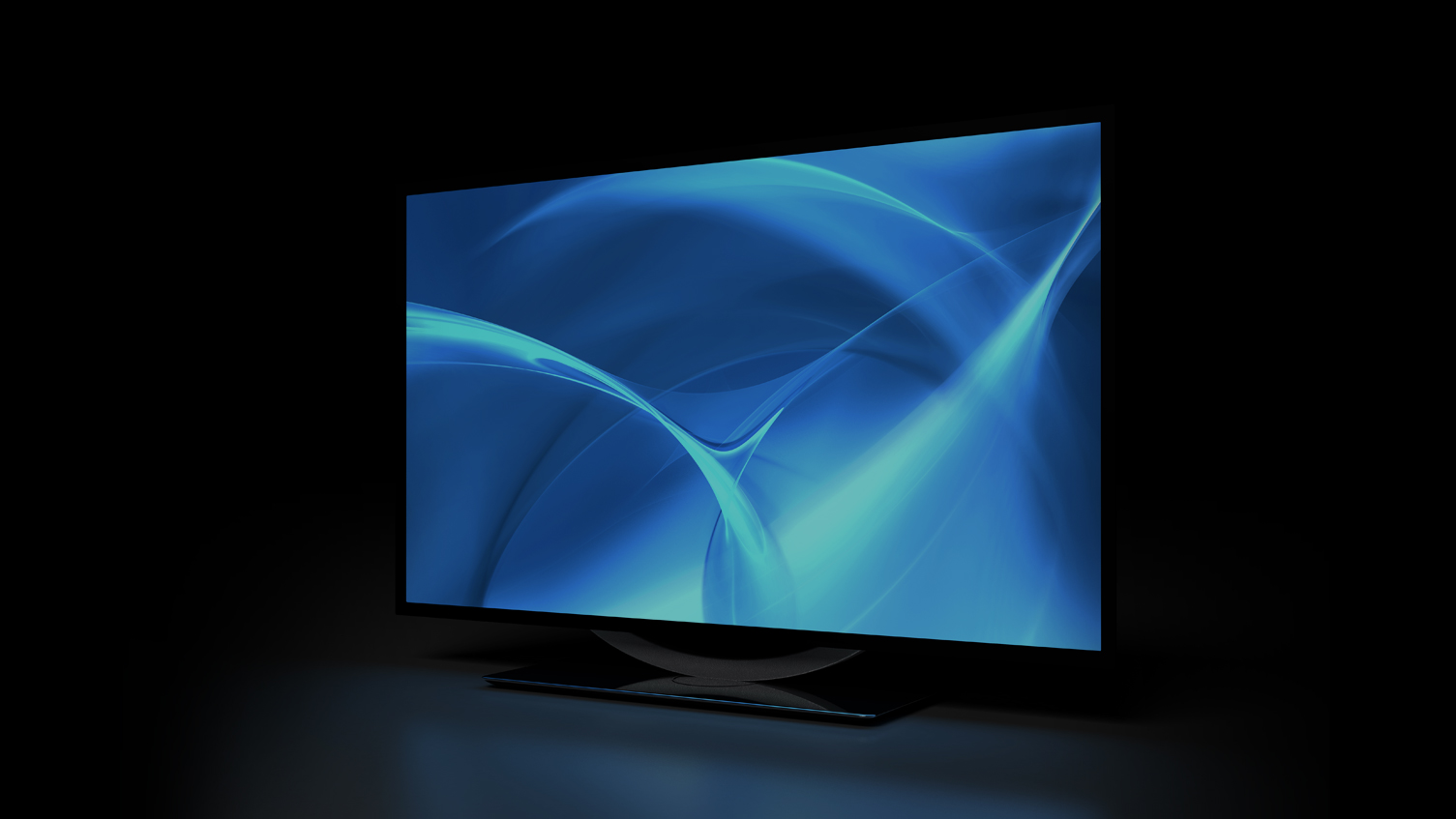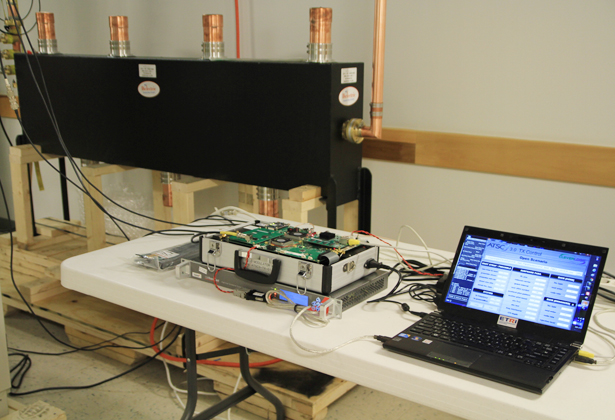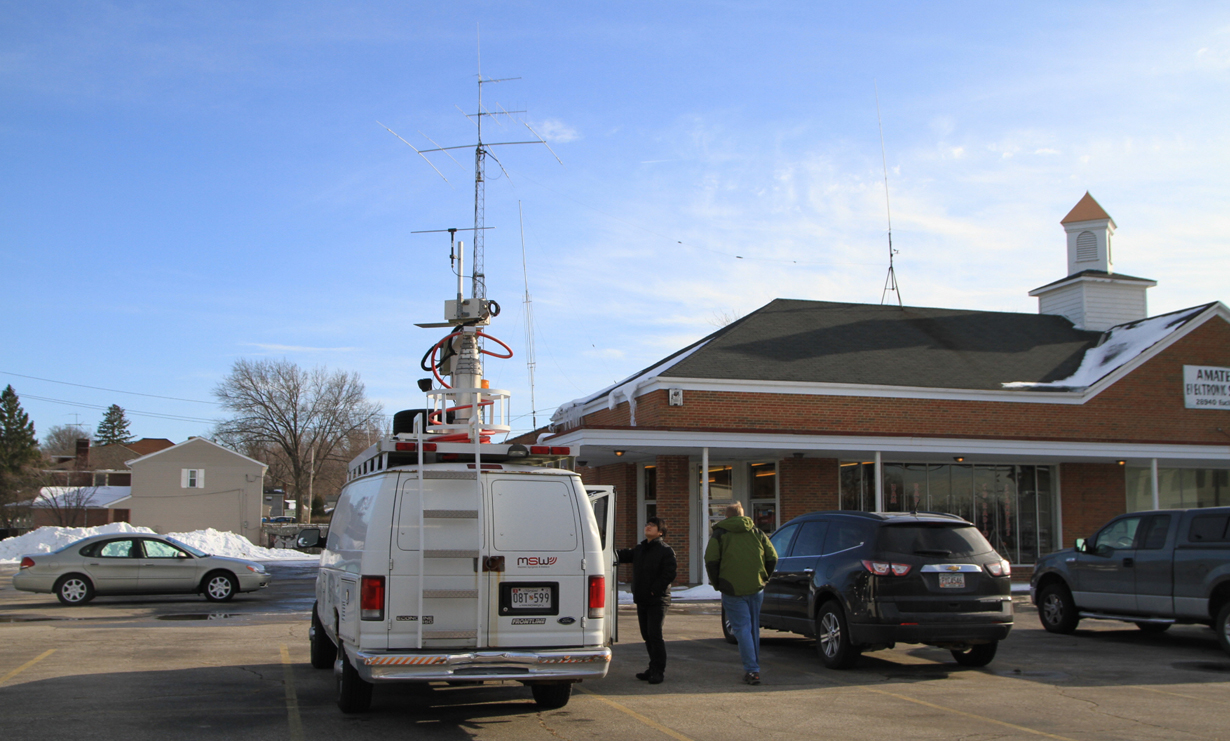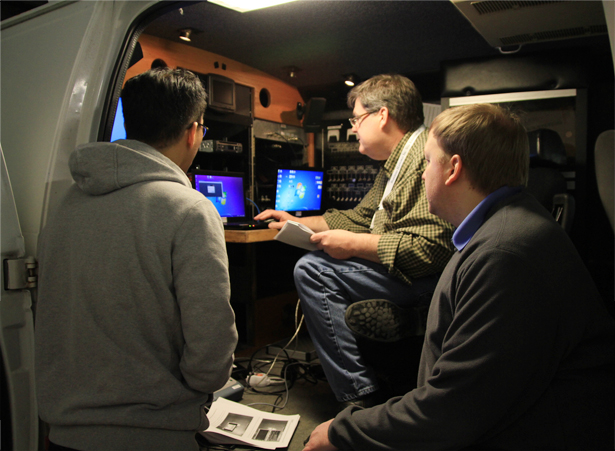
Next-Gen Terrestrial Broadcasting
Tested Successfully
World’s first ATSC 3.0 technology verification through the US local VHF channel
The advancement of broadcasting technology brought forward the era of UHD (ultra-high definition) terrestrial television. Beginning with the full-fledged UHD broadcasting to be available in the Seoul metropolitan area in February 2017, it is highly likely that major sports matches in the PyeongChang Winter Olympics will be broadcasted in UHD format in 2018, the world’s first UHD broadcast to be provided on terrestrial television. With the UHD service introduced to terrestrial broadcasting, television viewers will enjoy high-quality broadcast four times clearer than the current HD (high-definition) broadcast. At this juncture, ETRI became the world’s first institute to successfully verify the next-generation terrestrial broadcasting technology in the United States. Even for the VHF (the range of wireless frequency between 30MHz and 300MHz) channels, the test was successfully completed for ATSC 3.0 transmission/reception, a next-generation terrestrial broadcasting standard. This technological verification was conducted upon request from the US National Association of Broadcasters (NAB). In the American local environment, ETRI used its independently developed equipment and carried out the test in partnership with the NAB in Cleveland, Ohio, for about a month from January 2016.

Next-generation broadcast service for various reception modes
This technical verification used ATSC 3.0 transmission/reception equipment and high-power devices developed by ETRI researchers for the purpose of measuring a digital television signal. The ATSC 3.0 test was conducted for a range of modes: LDM mode to simultaneously provide UHD and mobile HD programs through a single broadcasting channel; fixed reception mode featuring the same coverage with the existing ATSC 1.0 system; fixed reception mode featuring the same transmission capacity with the ATSC 1.0 system; and indoor reception mode to work in an extremely severe channel environment. The test proved that the latest technology would feature advanced functions in different reception modes by ensuring high reception rates in varying topographical environments and stably receiving the signal in suburban areas.


Influence expected to grow in North American media markets
“This field test is the world’s first ATSC 3.0 technology verification with the use of the VHF channel,” said Lynn Claudy, Senior Vice President of Technology for the NAB. “It will greatly contribute to spectrum auction and broadcasting policy in North America in the future.” In April 2015, ETRI demonstrated its LDM technology to the NAB Show 2015, the world’s largest broadcasting equipment trade show held in the United States and won the NAB Technology Innovation Award for its outstanding performance. In September, ETRI’s LDM technology was selected in ATSC 3.0 Candidate Standard, and the institute passed all the verification for standard technology hardware in October.
Once ETRI’s technology is approved as an international standard, ETRI is expected to contribute to domestic companies an advantage in the early ATSC 3.0 broadcast equipment market. “Based on the successful verification of its various core technologies in the United States, ETRI will reinforce its technological influence in the North American broadcasting market,” said Dr. Nam ho Hur, Managing Director of the Broadcasting Systems Research Department. The ATSC 3.0 technology is expected to play a critical role in the next-generation broadcasting service, including 4K UHD and mobile HD broadcasting, and open new prospects for the next-generation realistic broadcasting service.